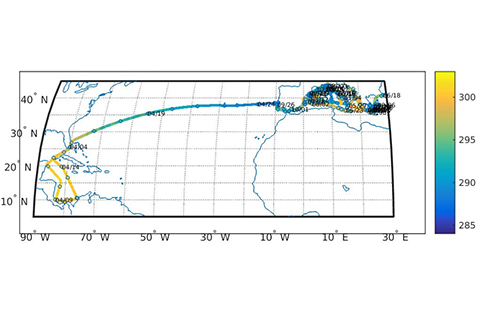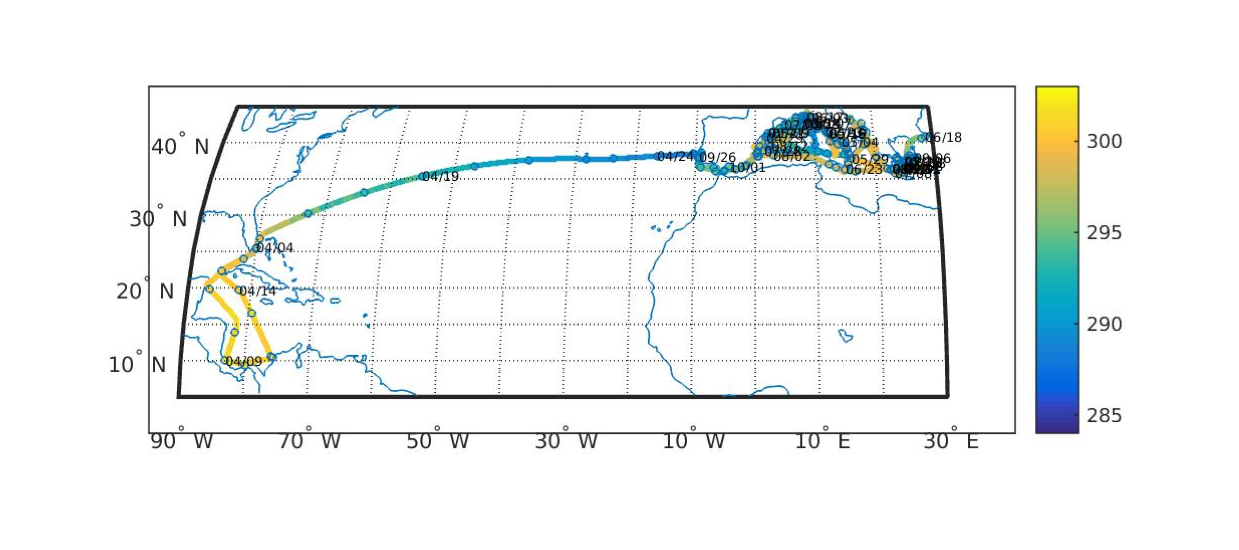Accurate satellite measurements of sea-surface temperatures (SSTs) are required for many applications, including weather forecasting, climate research and fundamental research into how the ocean and atmosphere interact. The satellite SSTs are derived from self-calibrating radiometers, and the derivation of SST from the satellite radiometers involves corrections for the effects of the atmosphere, and the size of the corrections is much greater than the required accuracy of the SSTs, and the success of the corrections, and the residual uncertainties in the SSTs is determined by comparisons with measurements from radiometers on ships, the majority of these measurements come from RCCL ships. Without these comparisons, improvements in the accuracies of the derives SSTs would not be possible.





